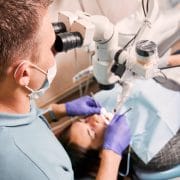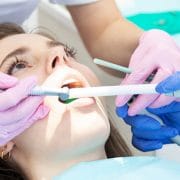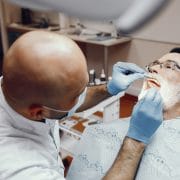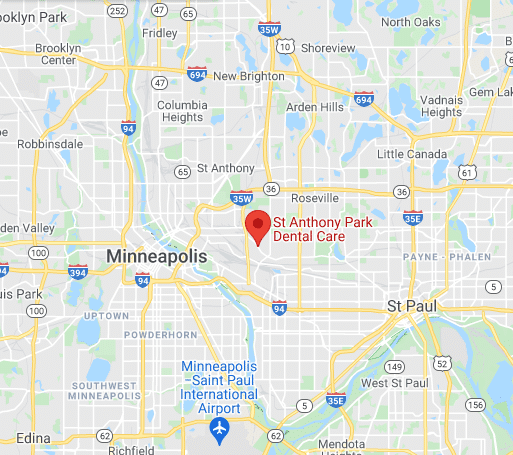What to Know About Oral Cancer
If you’re not a smoker, oral cancer probably isn’t even on your radar. But your dentist in St. Paul, MN wants you to know that oral cancer doesn’t only happen to lifelong smokers. There are risk factors for people who’ve never touched their lips to nicotine. And for those people, there is arguably a higher chance that oral cancer will progress to a dangerous stage, since those are the ones who’re less likely to get an oral cancer screening. Have you had one? Here’s what to know about oral cancer.
Risk Factors
Anyone can develop oral cancer, but some other factors increase the risk, too. Tobacco use, including cigarettes, cigars and smokeless tobacco, is one of the biggest causes, as most people know. But heavy alcohol use also raises the risk, especially when combined with smoking. The human papillomavirus (HPV) is another common factor linked to oral cancer. Prolonged sun exposure can increase the chance of cancer on the lips, and a poor diet lacking in fruits and vegetables may also play a role.
Symptoms to Watch For
Oral cancer often starts with subtle changes in the mouth. Watch for sores that don’t heal, red or white patches, lumps or thickened areas inside the cheeks or gums. Persistent sore throat, difficulty swallowing or a feeling of something stuck in the throat could also be signs. Pain isn’t always present in the early stages, so regular checkups are essential.
The Importance of an Oral Cancer Screening
Your dentist can perform an oral cancer screening in St. Paul, MN. This involves checking the lips, tongue, cheeks, and throat for any unusual changes. If anything suspicious is found, further testing may be recommended. The exam is quick, painless, and could save your life.











